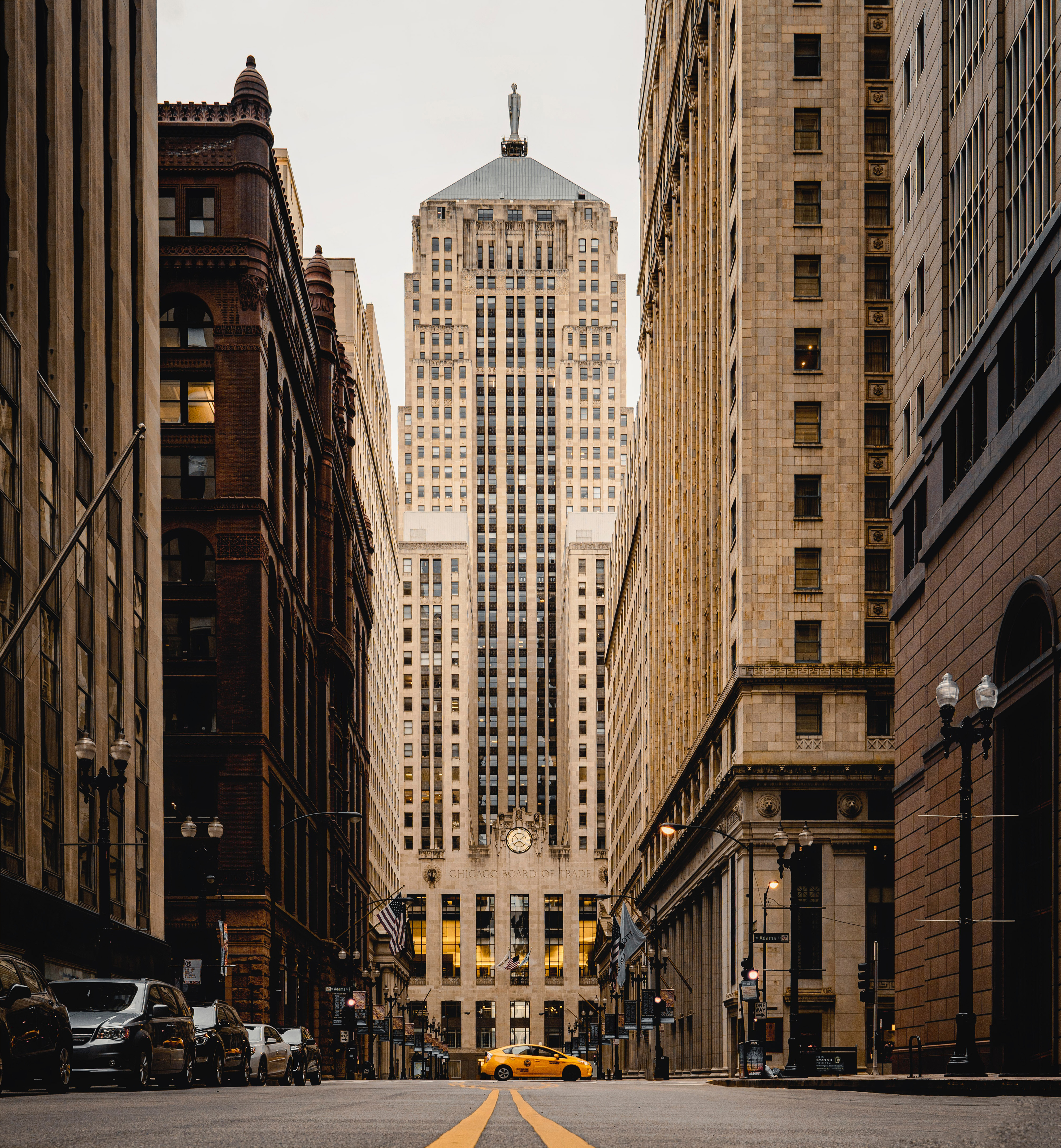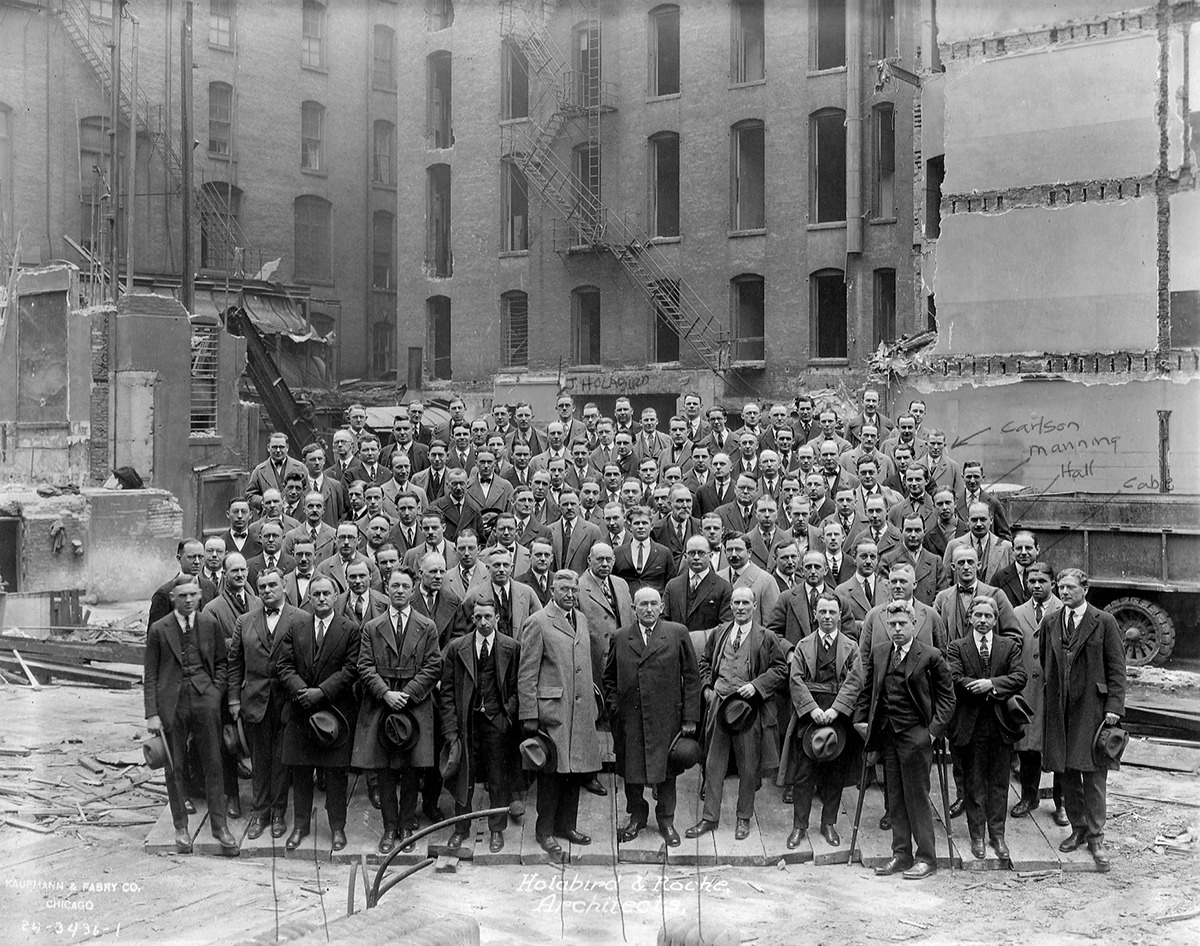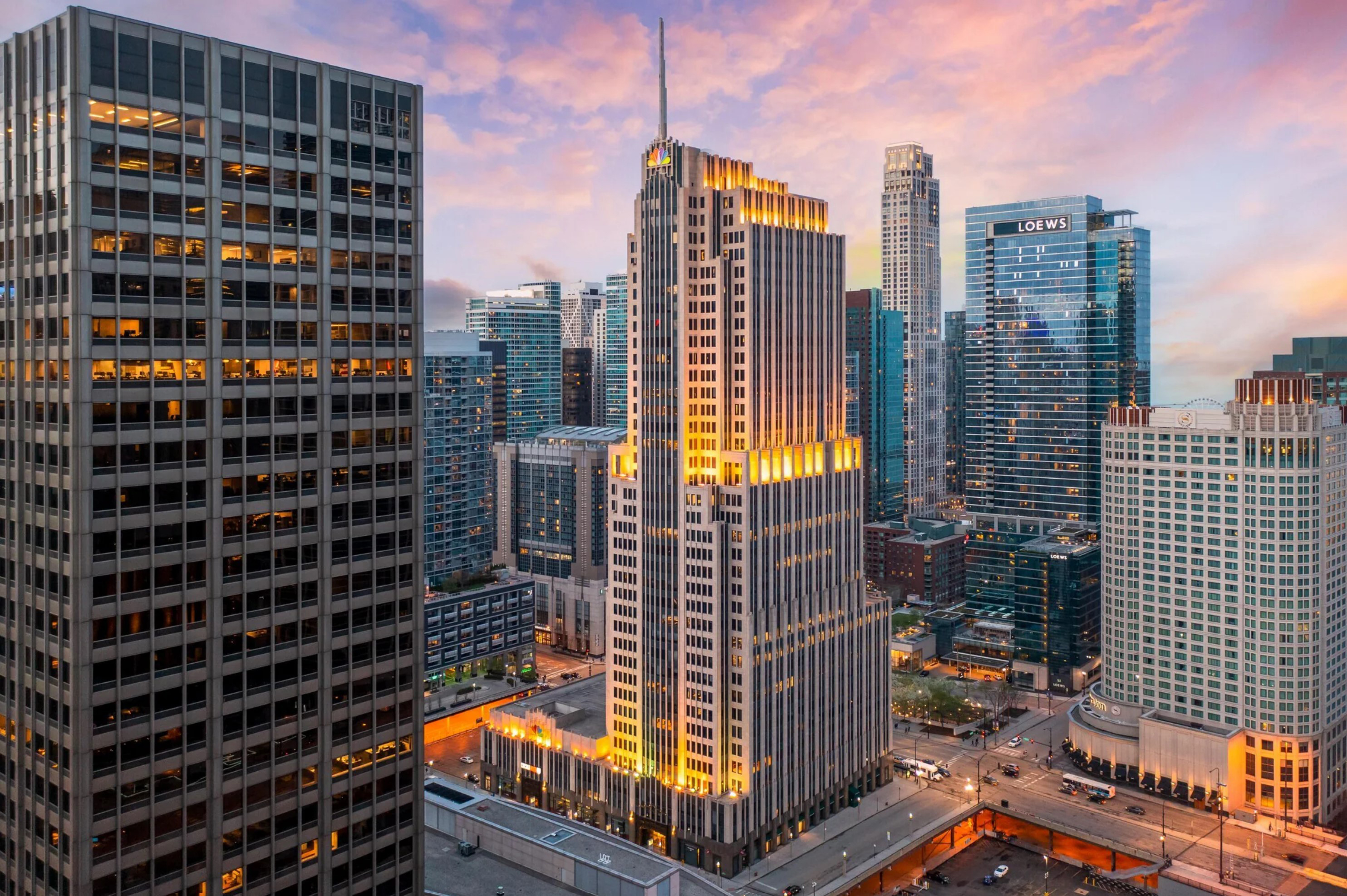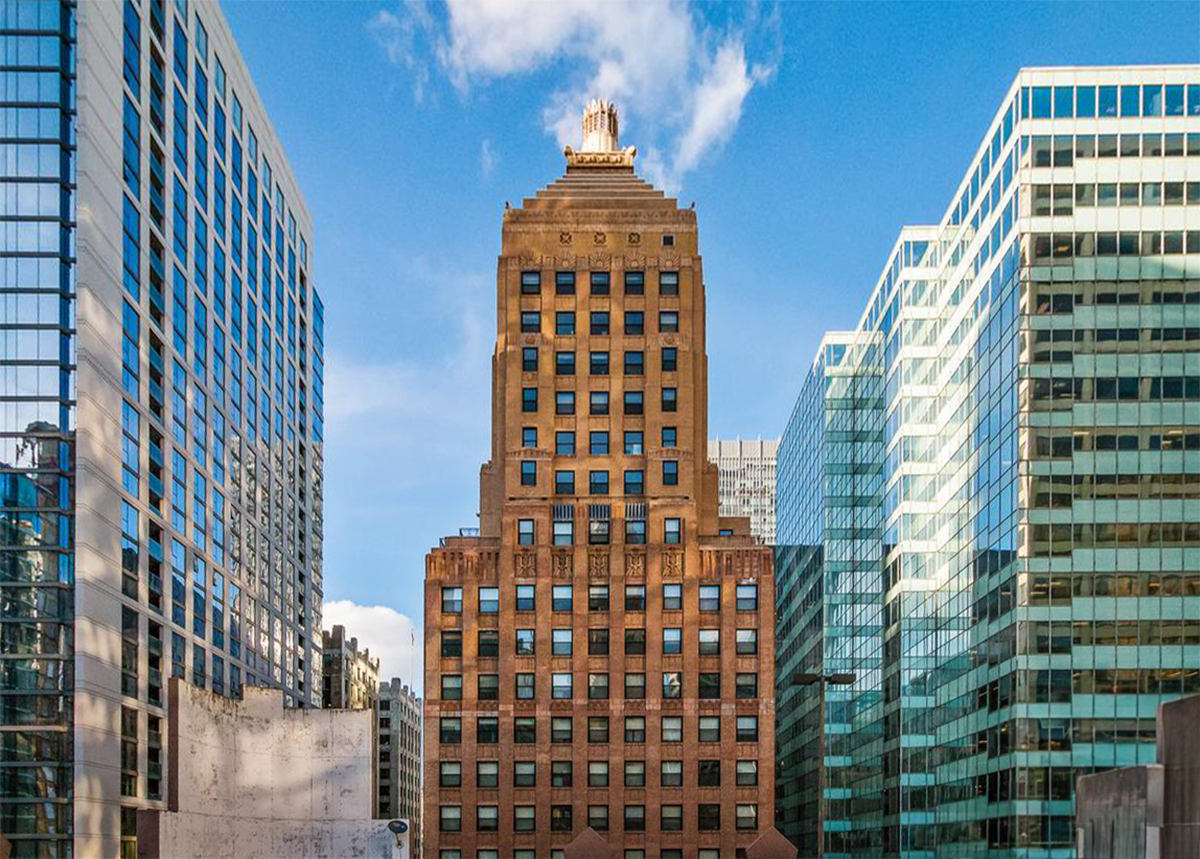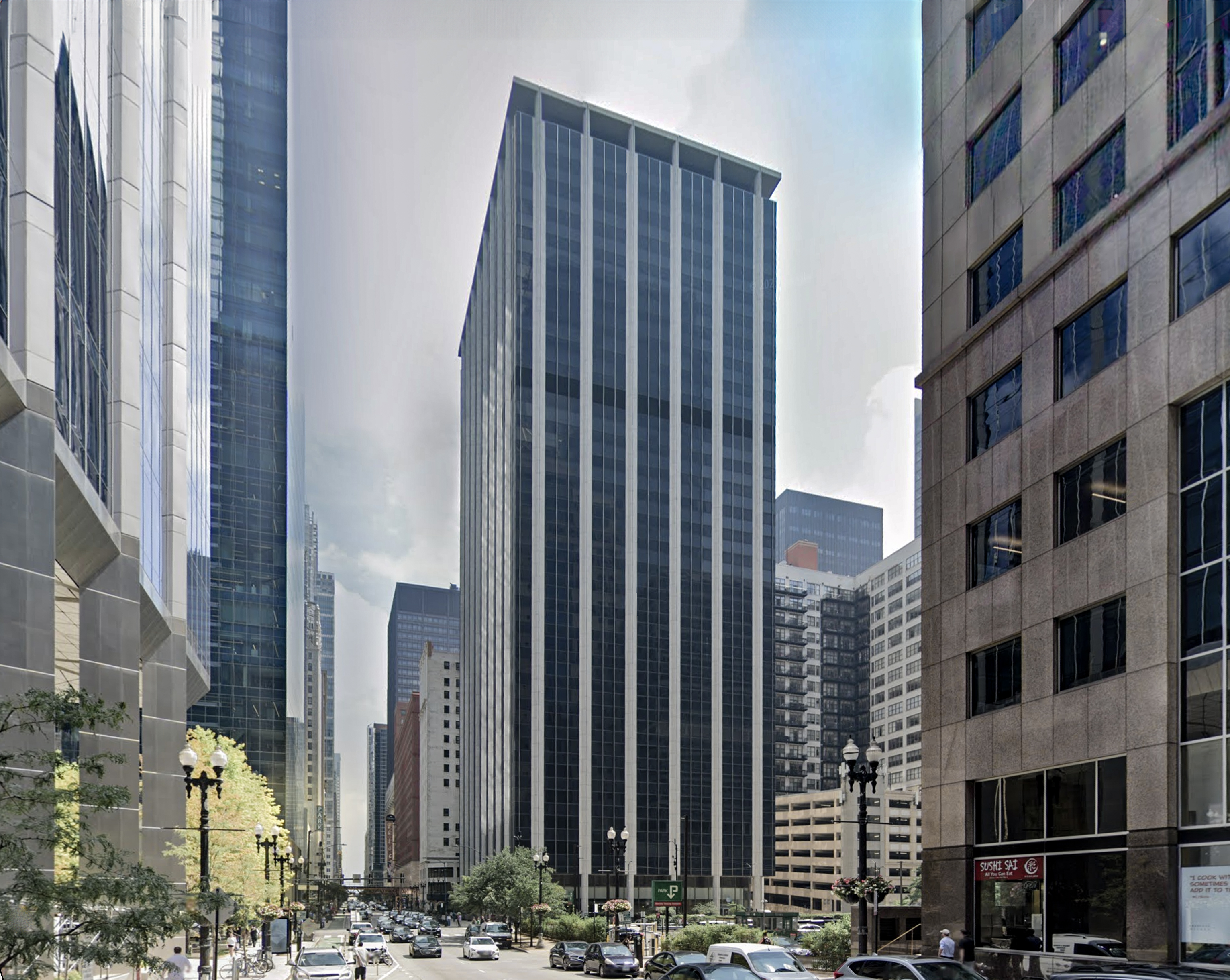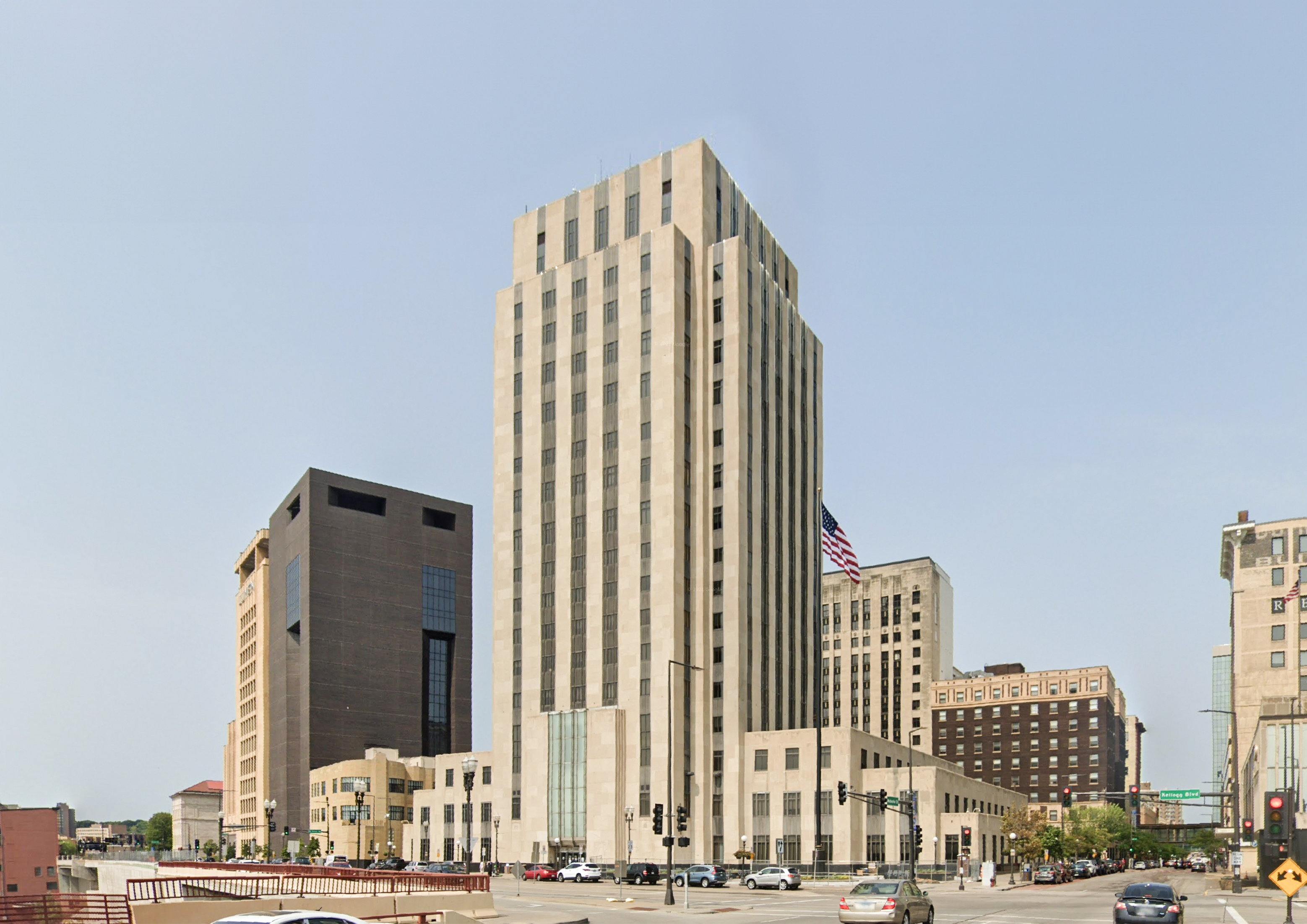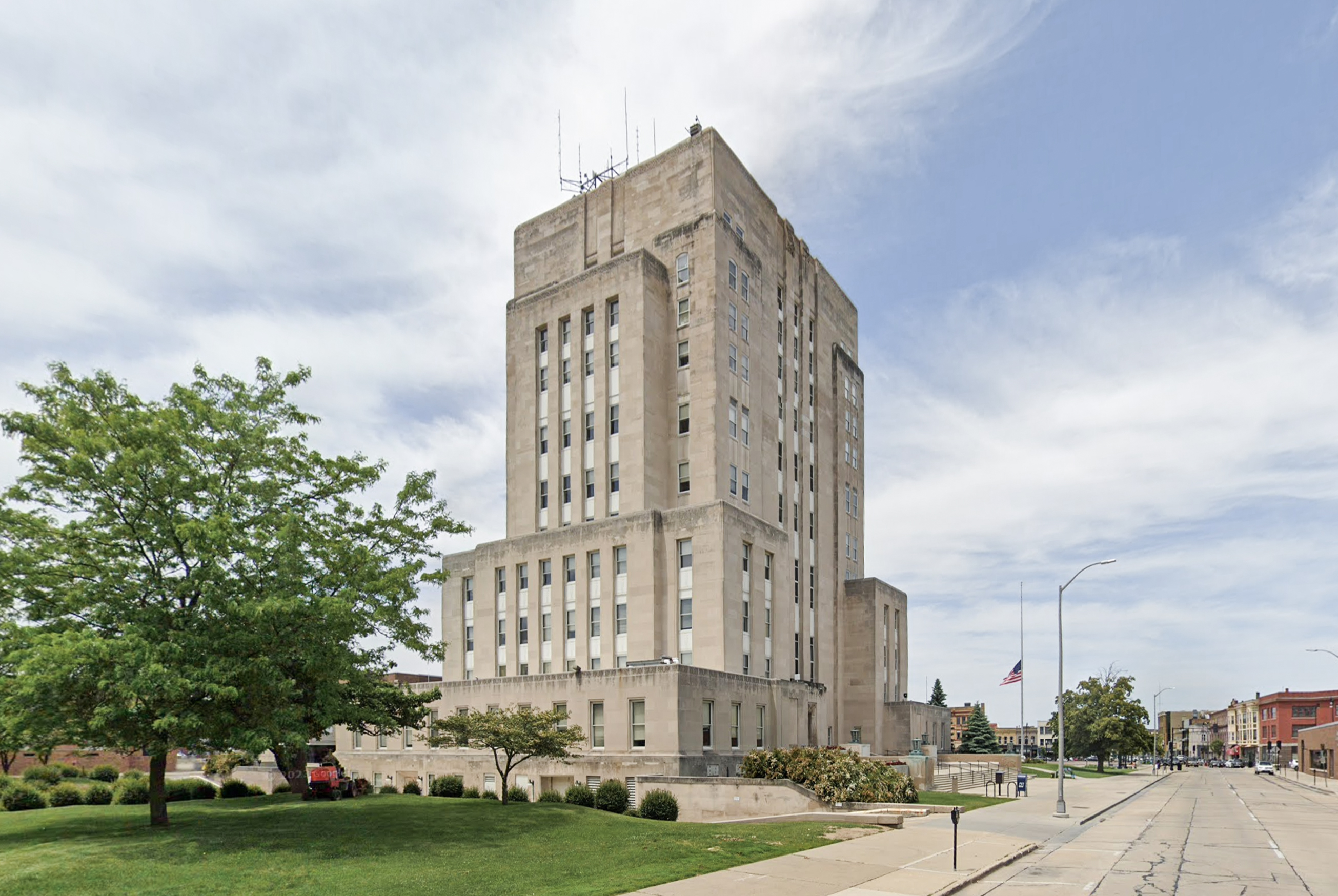The Chicago Board of Trade Building is an Art-deco skyscraper designed by Holabird & Root, and built in 1939, for a reported $11.3 million dollars, in Chicago, IL.
Its precise street address is 141 W. Jackson Boulevard, Chicago, IL. You can also find it on the map here.
The building has been restored 3 times over the years to ensure its conservation and adaptation to the pass of time. The main restoration works happened in 1981, 1997 and 2005.
